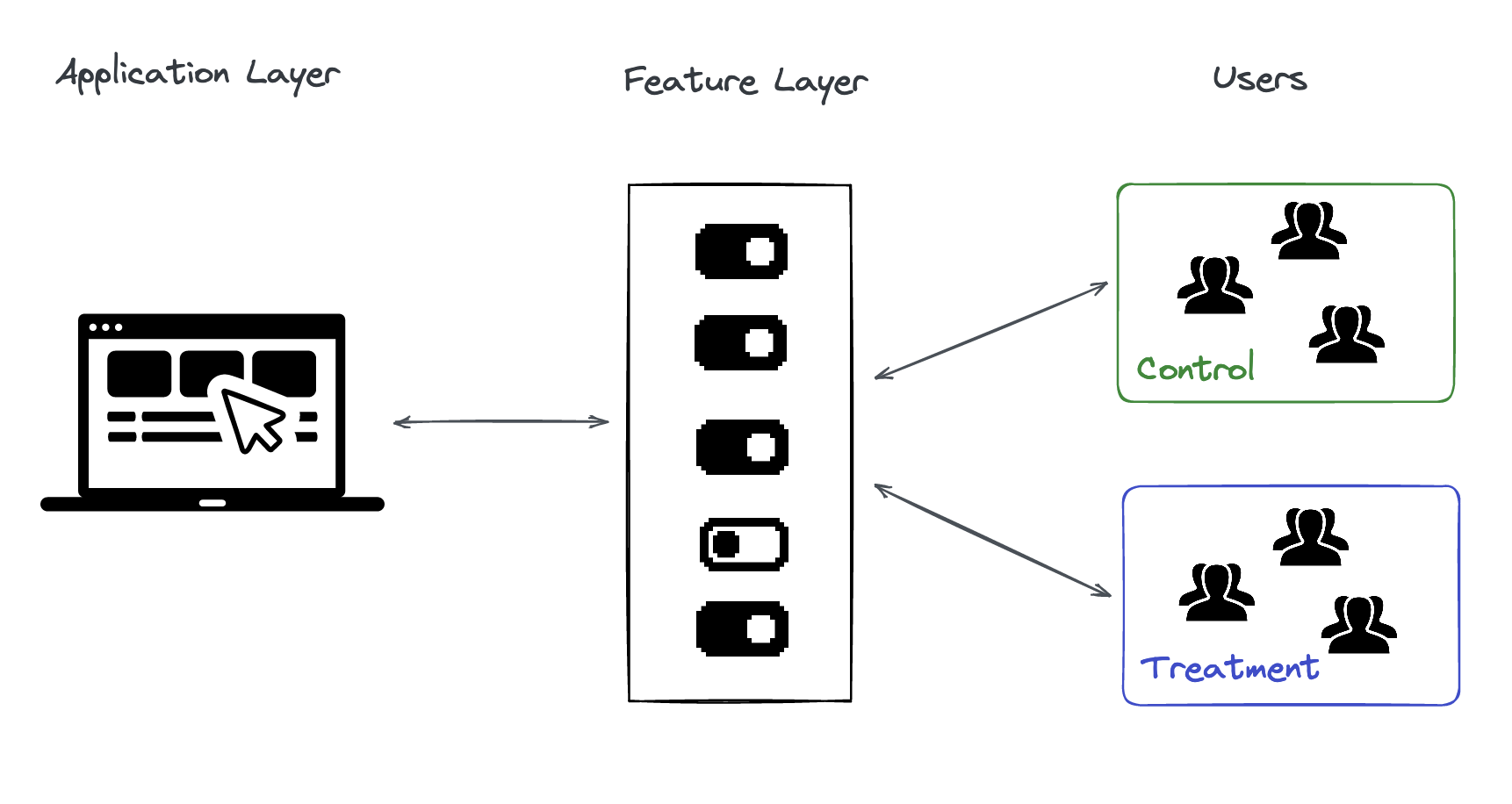Feature flags are a powerful tool for releasing new features to your users gradually and with greater control. By using feature flags, you can easily turn features on or off for specific groups of users, test new features in production, and roll back features if necessary. In this article, we will explore some best practices for using feature flags to release features.
Plan Your Rollout Strategy
Before releasing a new feature, you should plan your rollout strategy. Determine which users will have access to the feature, and how you will roll it out to different user groups. Consider using a phased rollout approach, where you gradually enable the feature for more users over time. This allows you to monitor the impact of the feature on your system and fix any issues before enabling it for all users.

Some thing you can do to plan our your release:
- Determine which users will have access to the feature: It's important to identify which user groups will benefit from the new feature the most. You should also consider if the feature has any specific hardware or software requirements, such as operating system or browser versions. This can help you decide which users to release the feature to first.
- How you will roll it out to different user groups: Once you have identified which users will have access to the feature, you need to decide how you will roll it out to them. You can release the feature to a small group of users and gradually expand it to larger groups over time. Alternatively, you may decide to release the feature to all users at once.
- Consider a phased rollout approach: A phased rollout approach can be an effective way to release a new feature. By enabling the feature for a small group of users first, you can monitor the impact it has on your system and fix any issues before enabling it for all users. This approach can help you avoid potential downtime or disruptions that could affect all users.
- Monitor feature performance: After the feature has been rolled out, it's important to monitor its performance to ensure that it's meeting your expectations. You can use analytics tools to track user engagement with the feature, identify any issues or bugs, and measure the impact of the feature on your system's performance. This information can help you make informed decisions about how to optimize the feature to better serve your users.
Planning your rollout strategy carefully, considering a phased approach, and monitoring the feature's performance can help ensure a successful and smooth feature release.
Monitor Feature Performance
Once you have released a feature, it is important to monitor its performance. Use analytics and monitoring tools to track how users are interacting with the feature, and identify any performance issues or bugs. You can also use A/B testing to compare the performance of different versions of the feature, and make data-driven decisions about which version to release to all users.
Use Feature Flags for Experimentation
Feature flags are also great for experimentation. By using feature flags to release a new feature to a small group of users, you can test the feature's impact on user engagement or revenue. If the feature is successful, you can gradually enable it for more users. If it is not successful, you can easily disable it and try something else.
Document Your Flags
As your system grows and more developers join your team, it is important to document your feature flags. Use a naming convention that is easy to understand, and provide clear documentation for each flag. This will help developers understand which flags are available, what they do, and how to use them.
Automate Flag Management
As your system grows, manually managing feature flags can become cumbersome. Consider using a feature management platform that automates flag management and provides analytics and monitoring tools. This will make it easier to manage flags across multiple environments and ensure that your flags are being used consistently.
Conclusion
Using feature flags to release new features is a powerful technique that can help you release features with greater control and less risk. By planning your rollout strategy, monitoring feature performance, and using flags for experimentation, you can release features more confidently and with greater success. And by documenting your flags and automating flag management, you can ensure that your feature flag system is scalable and easy to manage.